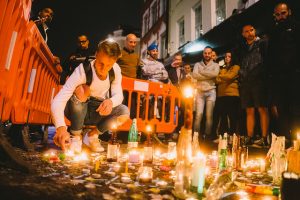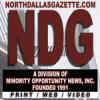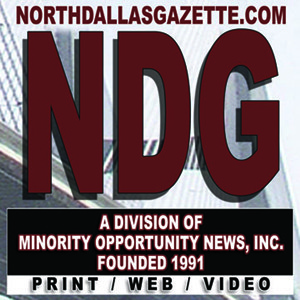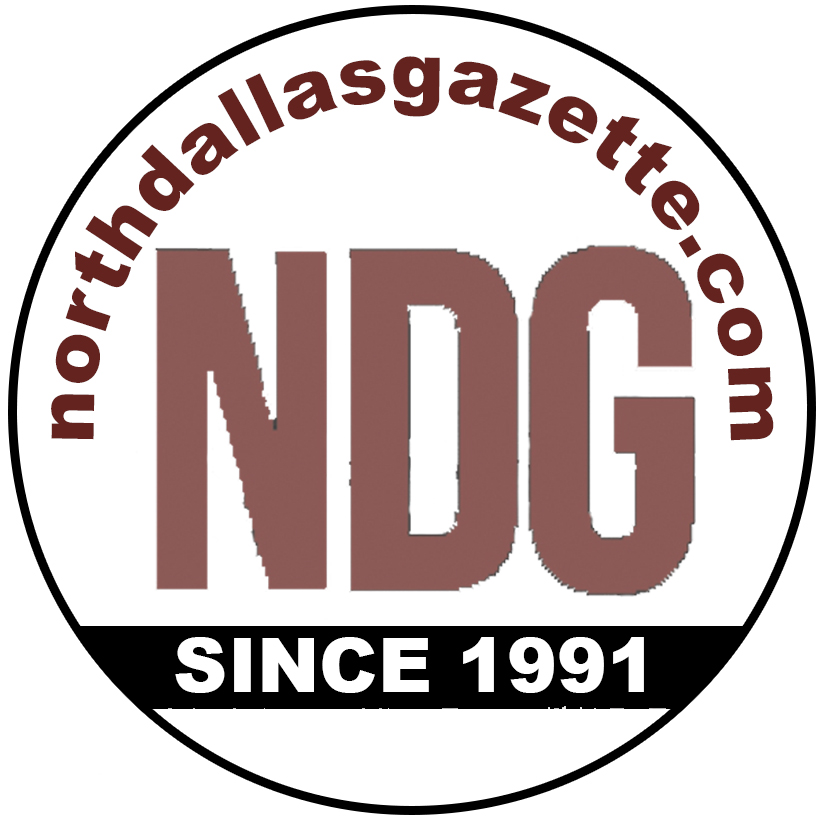
How can we feel safe in the midst of terror?
Personal security has been a defining American anxiety, long before Columbine, 9-11, or Sandy Hook. But following the United States’ biggest mass shooting last weekend at an Orlando gay nightclub, the issue has regained heightened importance.
Bruce O. Newsome, a lecturer with the International and Area Studies program at the University of California, Berkeley, teaches courses on global security risks, counterterrorism and counterinsurgency, intelligence and counterintelligence, and international conflict. He is also the author of several books, including A Practical Introduction to Security and Risk Management, which has a chapter devoted to personal security.
Here he offers insight on how we can stay safe—or at least safer—in the world as it is today.
The correct way to assess one’s own personal security is to think about exposure: if you are not exposed to something, it is not a source of risk. Consequently, one can control one’s own risk by reducing our exposure to the sources of risk, for instance, by spending less time on the roads or in high-crime areas.
Having selected your site, and been so unfortunate as to be exposed to an idiot with a gun and murderous intent, the short-form advice is run, hide, fight: run if you can escape; if you can’t escape, then hide from the attacker; if you can’t run or hide, fight back.
The event is extremely unlikely, but the potential harm due to such an event is severe, so it is a high risk, to which any workplace is exposed, so all workplaces should be practicing to respond. As with any training, we should worry about making the risk worse by training incorrectly (“negative training”), so if a workplace decides on such training it should get expert advice, and plenty of officials are available to help for free, without need to pay private contractors.
Some people should be armed—law enforcement officers, for instance. Additionally, federal and most state laws allow for private citizens to carry firearms for personal defense, particularly if they are themselves subject to threat.
The caveat is that anybody who carries a firearm should be trained and regulated and postured so that they can defend themselves reliably and justly if ever confronted with a threat, without causing themselves or others illegitimate harm. In theory, a society of highly responsible and well-trained gun-carriers, without malicious intent, would be a very safe society.
American firearm ownership is bimodal: Most Americans own either no firearms or several firearms. Very few Americans with access to firearms are firearm criminals. Indeed, while the rate of privately owned firearms is around 88,000 per 100,000 Americans, the rate of murders by firearms is 2.97 per 100,000 Americans.
However, Americans suffer more violence in general and more firearm crimes in particular than residents of most other democracies. Even though the frequency of homicide has declined in America since the 1980s, the proportion of homicides caused by firearms has remained the same (around 80 percent). This proportion is higher than anywhere else in the world except Mexico, where firearm crime is inflated by conflicts over illegal narcotics. The US suffers a lot more violence than Switzerland, which has the second-most guns per capita in any democracy and the third most guns per capita in any country, after Yemen.
The lesson of these data is that a high rate of ownership of firearms is a necessary but not a sufficient explanation for the high rate of firearm violence in America.
The next lesson is that a simple ban on all firearms would not eliminate firearm violence, when firearms can be obtained illicitly.
A second necessary cause of the high rate of firearm violence in America is American society’s high propensity for violence—we need to correct both this propensity for violence, and reduce the availability of firearms to Americans with such propensity for violence.
Similarly, America is targeted by almost every bad actor, if only because America is the leading state in so many areas, and has interests in most areas, yet the US government has great capacity for countering those bad actors.
The issue for everybody everywhere is that terrorism is an increasing risk, and all the drivers are getting worse: urbanization increases social exposure and agitation and access to the technologies and targets; globalization encourages freer movements of people for the benefit of trade and knowledge, but these movements also destabilize; globalization of cultures has homogenized previously stable cultures and polarized others; readier access to the knowledge and materials that can be used as weapons allows for more private challenges to official authority; and new technologies help governments to oppress, while they help private actors to organize against them.
Like any other Western liberal democratic society, American society is not as stable or cohesive as it was, and Americans are more exposed to radicalization, within a free society where the materials for violence are generally accessible.
Q: Is government ultimately responsible for personal safety, or is that up to individuals themselves?
In practice, nobody can manage one’s own personal safety better (or at least routinely) than oneself, and governments rely on individuals to do so: the government cannot police everybody, it cannot choose our meals or our physical exercise, although it can advise us on safer living.
In the end, if the police or other official forces are not available or able to control a sudden public risk, then private citizens should organize–this prescription is suggested by the official advice to run, hide, or fight in response to an active shooter.
The trouble arises when such organizations are selfish or divisive. For instance, during the riots in Britain in August 2011, which affected almost every British city over a week, some places of worship and neighborhoods organized vigilantes to defend homes and shops. Some were defensive, but all were inevitably ethnically or religiously defined, and appeared divisive, even if they did not intend to be divisive.
Of the five deaths attributed to the riots, in every case the victim and perpetrator were of different ethnicities, and the private responses contributed to further self-segregation in the largest and most diverse city in Europe.
Evidence recorded on such technologies is most useful in the investigative stage, after crime. In other words, these technologies are not remarkably useful in preventing events.
In theory, they should deter crime, because they increase the chance that the criminal will be caught, but unfortunately evidence suggests that most crimes, being of more routine and spontaneous natures, are not deterred even by public security cameras, which can be defeated easily by a hoodie, say.
What I can say about my personal safety is that I feel in control of my personal risks, which is about all one can expect, because I am fortunate enough to feel informed about risks, and about how to control them, which are skills and knowledge that I try to impart to students.
Where I lose control of my risks is whenever I enter a public space, where somebody acts as a hazard to me, or takes away my control, say by cutting off my car while I am driving on a public road, or by approaching me on the sidewalk with intent to rob me, or worse.
Eliminating these essentially social risks is impossible, and we need to be trusting of one another to make any sort of social life possible, when almost all economic, educational and recreational activities are essentially social.
The basic rule remains one of exposure: If you expose yourself to a hazard, you are at risk; if you don’t like a risk, try to reduce your exposure. At the same time, every one of us needs to navigate our own desires to participate economically, educationally, or recreationally, while reducing our exposure.
Source: UC Berkeley and Futurity.org




